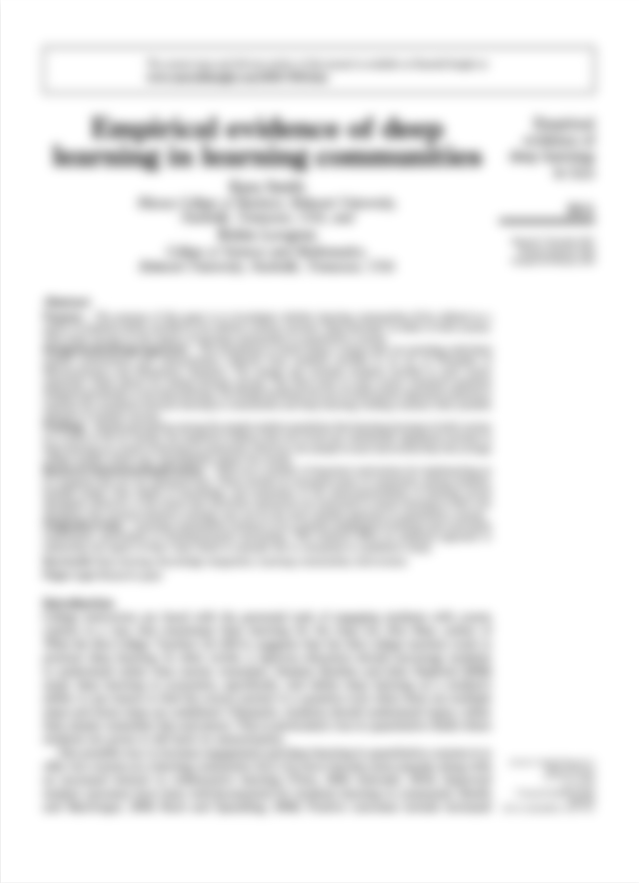She's Got That Old-Time Religion: Witchcraft: A Premonition Led a Lawyer to Find Her Calling as a High Priestess of Witchcraft
MARY ROURKE TIMES STAFF WRITER.
Los Angeles Times (1996-); Los Angeles, Calif. 03 Sep 1998: E1.
You might have access to the full article...
Try and log in through your library or institution to see if they have access to the full text.






